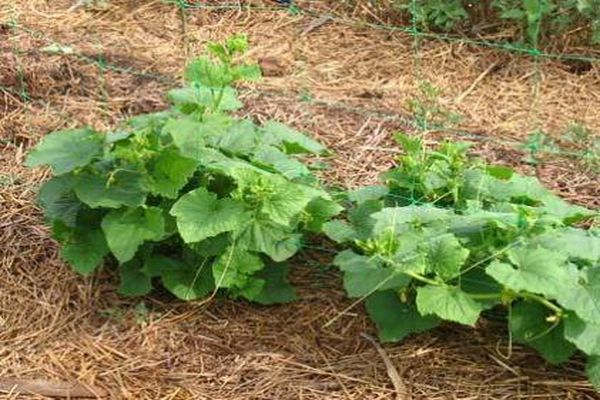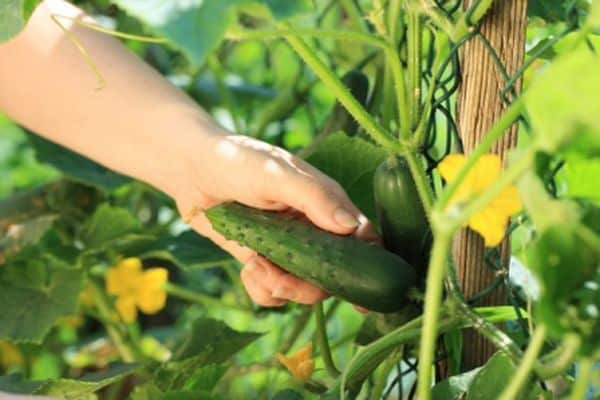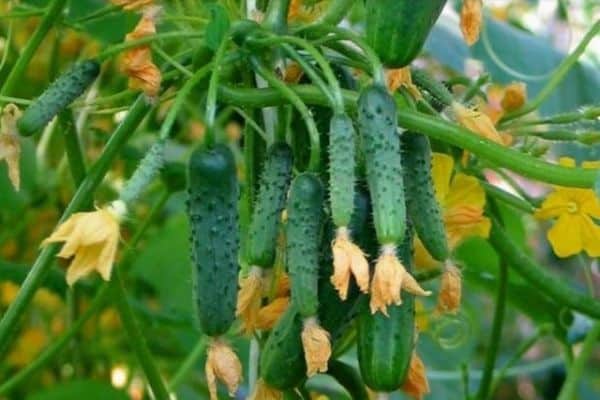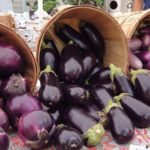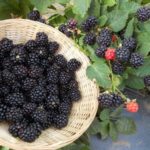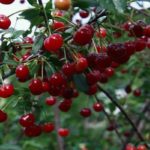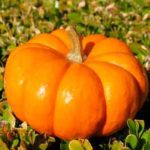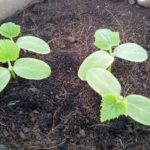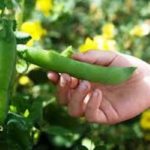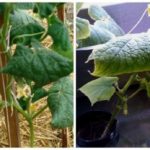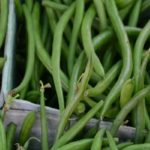Cucumber Patti f1 is a mid-early hybrid of a new generation. The variety was obtained by Moscow breeders in 2004. Patented agricultural company - "Sedek". The authors of the creative work on creating culture are: S.V. Dubinin, I.N. Dubinin and M.I. Kirillov. In 2008, after passing a stage-by-stage inspection, the variety was included in the State Register. Recommended for cultivation in the Central Black Earth regions of the Russian Federation both in open ground and in greenhouse conditions.
Description of the variety
Patti cucumbers are a self-pollinating crop in which pollen transfer for sexual reproduction occurs independently.This feature allows you to grow vegetables in greenhouses and greenhouse structures where there is no access for insects. In addition, as reviews from vegetable growers have shown, the Patti variety can be grown on balconies and loggias without reducing yield.
Description of the bush:
- Plant of indeterminate type.
- The bush is vigorous.
- Loops with medium branching.
- The leaf is large in size, dark green in color.
The area between the base of the leaf and the stem forms bunches of ovaries on which commercial quality cucumbers grow.
Yield characteristics
The Patti variety is famous for its fertility. The first harvest from the bush can be harvested 45 days after planting. Marketable yield is 115–370 c/ha. The description of cucumbers indicates that they have a cylindrical shape and low weight, which varies from 60 to 90 g.
Additional characteristics of the fruit:
- The average length of cucumbers is 11 cm.
- The skin is dark green, with prickly spines.
- The pulp is crispy, sweetish taste, without bitterness.
The fruits are ideal for fresh consumption, pickling and canning. However, they have a short shelf life. Therefore, before harvesting, it is necessary to think about its purpose in advance.
Advantages of the variety
Many gardeners have noted that the Patti cucumber produces a good harvest even when grown in shaded areas. It is easy to care for and resistant to stressful conditions.
The advantages of the variety also include:
- commercial quality of fruits;
- resistance to cucumber diseases;
- friendly return of the harvest.
It is worth noting its qualities when salting. Unlike other hybrids, fruits of the Patti variety do not form voids during heat treatment.
No significant shortcomings, other than a short shelf life, were identified in the vegetable crop.
Recommendations for agricultural technology
Growing the variety is not a labor-intensive process. In addition, to get a decent harvest, you don’t need much experience in vegetable growing. To do this, it will be enough to follow a few recommendations from experts, which are as follows:
- Sowing seeds. Seed material is sown in late April or early March. The best option for seedlings would be peat pots and crumbly, fertile soil. For 100% seed germination, it is recommended to maintain a temperature of 13–15 degrees.
- Transplanting. Seedlings are transplanted into greenhouse structures in mid-May, and into open ground in early June. The recommended hole depth is 2 cm.
- Watering. Variety Patti is a moisture-loving plant. For good growth, the plant must be watered regularly with warm water.
- Feeding. To increase the quality of the crop, cucumbers require mineral fertilizers. Fertilizers are applied during watering, once every 10 days.
Pinching will also help increase the yield. To do this, remove excess leaves and shoots from the plant with careful movements.
The given characteristics and description of the variety indicate that Patti meets all the requirements of hybrid crops for cultivation in the Russian Federation. The high fertility, productivity and marketable quality of the fruit will surprise even experienced gardeners. And the ease of maintenance will appeal to lazy summer residents.
Reviews
Lyudmila. Vologda region: “I have been growing the Patti variety on my summer cottage for several years now. During all this time, the variety has never let me down. Cucumbers are always smooth, small, and elastic, which only has a positive effect on the quality of preservation.The ease of care is also pleasing. Despite the fact that I come to the dacha only 1-2 times a week, this does not reduce the yield.”

